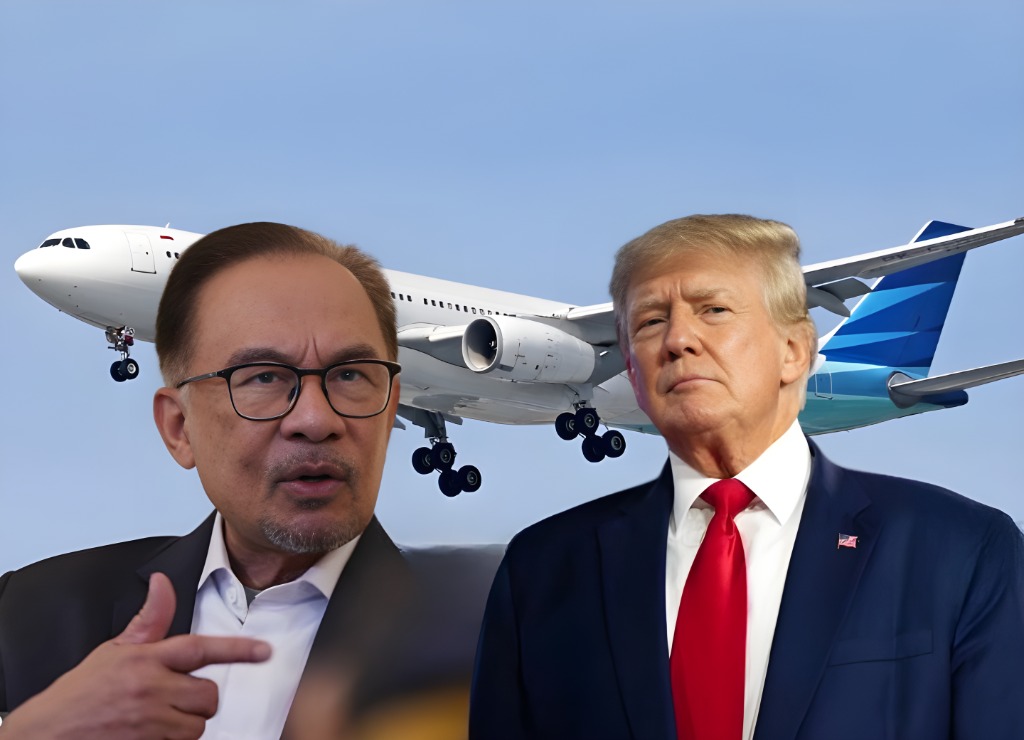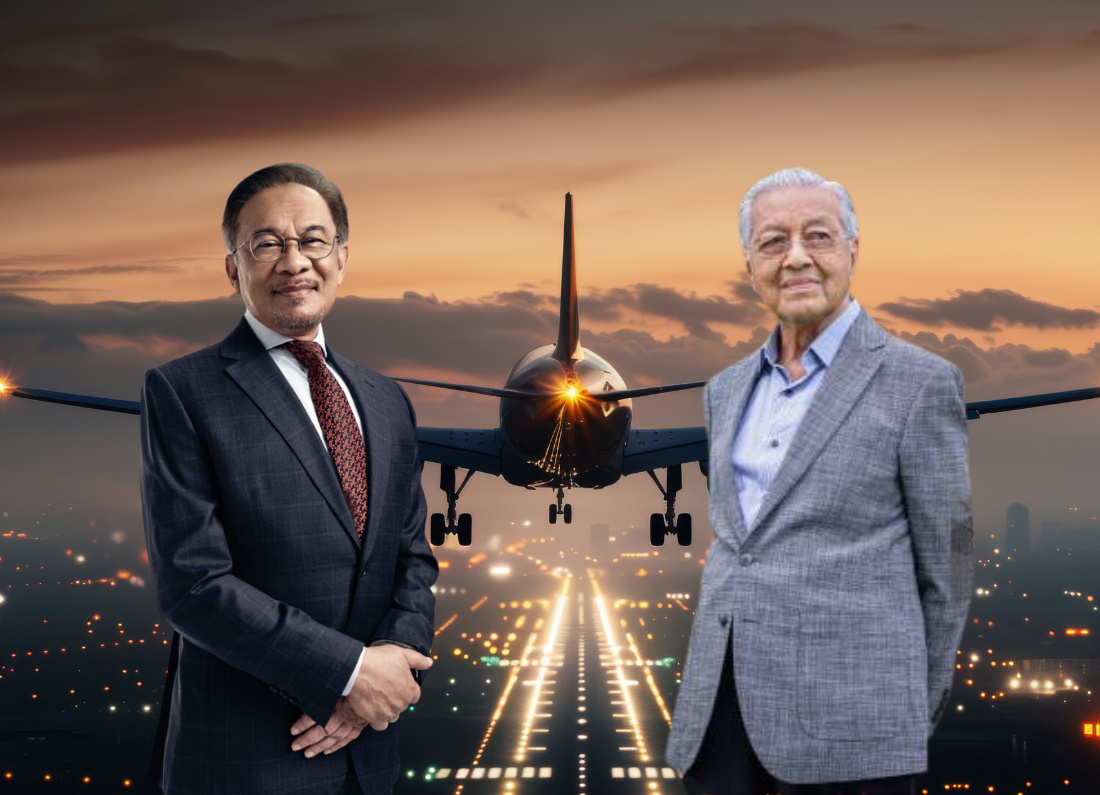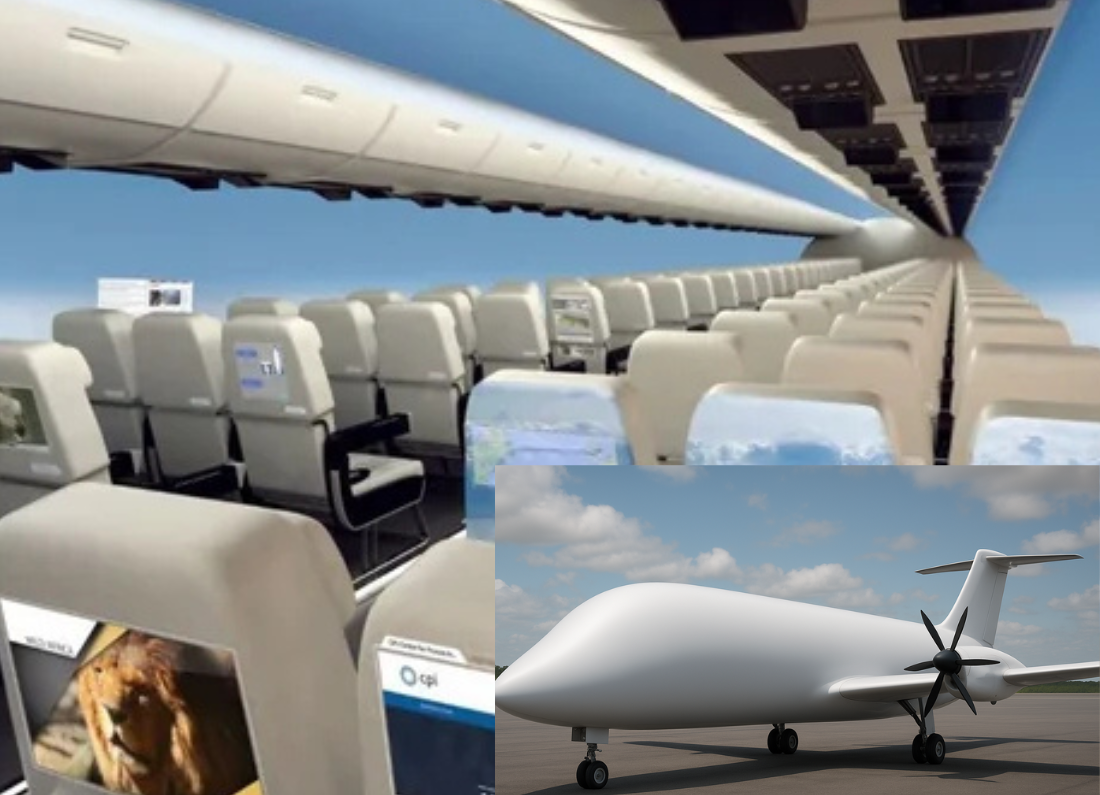Despite its prime location and ambitious plans for growth in the aviation sector, Malaysia’s aviation industry faces significant challenges that prevent it from attaining the stability and resilience necessary to compete effectively on the global stage. Neighboring countries, such as Singapore, Thailand, and Indonesia, are rapidly advancing their aviation capabilities through extensive fleet expansions, substantial investments in airport infrastructure, and comprehensive reforms in aviation policies.
In contrast, Malaysia is hindered by a range of structural weaknesses, including regulatory constraints, underdeveloped infrastructure, and a lack of competitiveness in service offerings. These issues not only limit the country’s ability to attract international airlines but also impede the overall growth of its aviation market, making it difficult for Malaysia to keep pace with its regional counterparts.
Signs of Progress — But Not Enough
In recent years, Malaysia has achieved notable advancements in its aviation sector, reflecting a determined recovery following the challenges posed by the pandemic:
✔ Major airlines, including Malaysia Airlines and AirAsia, have successfully resumed the majority of their routes, restoring vital connectivity for both domestic and international travelers. This resurgence is a positive sign of the industry’s rebound as demand for air travel continues to grow.
✔ The Malaysian government has revealed ambitious plans to redevelop Subang Airport, aiming to transform it into a regional aviation hub. This project is expected to enhance the airport’s capacity, improve passenger experience, and attract more airlines and travelers to the region.
✔ There is a significant expansion in training academies and maintenance sectors, initiated to tackle ongoing workforce shortages. These institutions are focusing on equipping a new generation of aviation professionals with the skills necessary to meet the demands of an evolving industry. Despite these encouraging developments, underlying challenges still plague the aviation sector, such as regulatory hurdles, infrastructure limitations, and the need for sustainable practices. These concerns must be addressed to ensure the long-term growth and stability of Malaysia’s aviation industry.
Aviation Industry Statistics: Malaysia vs the Region (2024–2025)
| Metric | Malaysia (KLIA) | Singapore (Changi) | Thailand (Suvarnabhumi) | Vietnam (Tan Son Nhat + Noi Bai) |
|---|---|---|---|---|
| 2024 Passenger Traffic | 57 million (+17% YoY) | 63 million (+24% YoY) | 53 million (+20% YoY) | 54 million (+19% YoY) |
| Skytrax Global Airport Ranking (2025) | #65 | #1 | #39 | Outside Top 100 |
| May 2025 Monthly Passenger Traffic | 3.23 million | 3.59 million | 3.01 million | ~2.8 million |
| Seat Capacity Growth (May 2025, YoY) | +11% | +10% | +9% | +9% |
These figures illustrate Malaysia’s moderate recovery, but also highlight how regional competitors are outpacing the country in terms of infrastructure quality, connectivity, and global reputation.
Key Challenges Undermining Stability
1. Financial Fragility Among Airlines
Although several airlines have managed to survive the challenges posed by the pandemic, their financial stability remains precarious. Malaysia Airlines is undergoing a slow and steady turnaround, implementing cost-cutting measures and restructuring plans; however, it still faces significant burdens. Low-cost carriers, such as AirAsia, are encountering a dual threat from rising fuel prices and fierce competition from both regional and international airlines. This combination places immense pressure on their profitability and sustainability, highlighting the fragile state of the industry as it continues to recover.
2. Overdependence on Regional Traffic
The Malaysian aviation sector is heavily reliant on short-haul routes, primarily within the ASEAN region and East Asia. This limited focus raises concerns, as it restricts growth opportunities and leaves the sector vulnerable to disruptions caused by regional events, such as political instability, economic downturns, or health crises. Additionally, with a lack of robust long-haul flight connections and no strategic vision for global expansion, the industry risks stagnation. To cultivate resilience, Malaysian airlines must explore ways to diversify their routes and connect with long-haul destinations that can tap into a broader international passenger market.
3. Airport Infrastructure Bottlenecks
Despite hosting Kuala Lumpur International Airport (KLIA), which is a major hub in Southeast Asia, the infrastructure at secondary airports, such as Penang, Kota Kinabalu, and Subang, remains outdated or underutilized. Many of these airports lack the necessary modern facilities and technological advancements to handle increased passenger traffic efficiently. The delays in critical modernization projects restrict connectivity and limit operational capacity, ultimately affecting the overall travel experience. To bolster the aviation industry’s growth, it is essential for Malaysia to invest in upgrading these facilities and enhancing their capabilities to meet current and future demands.
4. Regulatory and Policy Gaps
The current landscape of Malaysia’s aviation industry is marked by a lack of cohesive national aviation policies and inconsistent regulatory enforcement. This results in an uncertain environment for both investors and airline operators. In stark contrast to countries like Singapore and Vietnam, which have well-defined frameworks and strategic governance for their aviation sectors, Malaysia struggles with a clear direction. The absence of a unified strategy can deter foreign investment and stifle innovation, hindering the sector’s overall development. To ensure a stable and thriving aviation market, Malaysia must prioritize the establishment of comprehensive policies and regulations that promote transparency, competition, and growth.
The Road Ahead: What Needs to Be Done
Accelerate the modernization of airports :
Focus on enhancing infrastructure and facilities at Subang Airport, as well as other key regional airports, to improve efficiency, passenger experience, and overall air travel services. This includes upgrading runways, terminals, and passenger amenities to accommodate increasing air traffic and technological advancements.
Strengthen the financial stability of national carriers
Implement strategic partnerships with both domestic and international stakeholders, including codeshare agreements and alliances, to enhance operational efficiency and market reach. Additionally, adopt prudent financial management practices to ensure long-term sustainability and resilience against market fluctuations.
Expand pilot training and technical workforce development
Invest in comprehensive training programs that address the impending shortage of qualified pilots and technicians. This can involve partnerships with educational institutions, the establishment of specialized training centers, and the incorporation of advanced simulation technologies to provide hands-on experience in a controlled environment.
Attract international airlines and Maintenance, Repair, and Overhaul (MRO) providers
Create a supportive regulatory framework and offer incentives, such as tax benefits and infrastructure support, to encourage foreign airlines to establish connections and MRO providers to set up operations. This can lead to increased competition, enhanced service options for travelers, and the creation of job opportunities in the aviation sector.
Develop a clear, future-oriented National Aviation Masterplan
Formulate a comprehensive strategy that outlines goals and initiatives for the aviation sector over the next decade. This plan should align with global aviation trends, incorporate sustainability practices, and engage stakeholders from both the public and private sectors to ensure that the aviation industry is well-positioned to meet future demands and challenges.
A Potential Yet to Be Realized
Malaysia has all the essential components for a robust and thriving aviation sector, including its strategic geographical location at the crossroads of major international flight routes, a highly skilled workforce trained in various aspects of aviation, and several reputable airline brands that are recognized globally. However, to capitalize on these advantages, Malaysia must take decisive and proactive measures. Without such actions, the nation risks falling further behind its regional competitors, such as Singapore and Thailand, who are making strides in enhancing their aviation infrastructure and services. Achieving stability and growth in the aviation sector is within reach, but it will necessitate bold leadership from both government and industry stakeholders.
Furthermore, significant investments in technology, infrastructure, and training are crucial for upgrading the current capabilities of the sector. A collaborative effort among all players in the industry, including airlines, airports, regulatory authorities, and service providers will be vital to transform Malaysia’s existing potential into sustainable and long-term growth. MyAviation Magazine will diligently monitor and analyze Malaysia’s aviation developments, offering in depth insights and updates for stakeholders seeking to navigate this dynamic industry landscape.














Leave a Reply